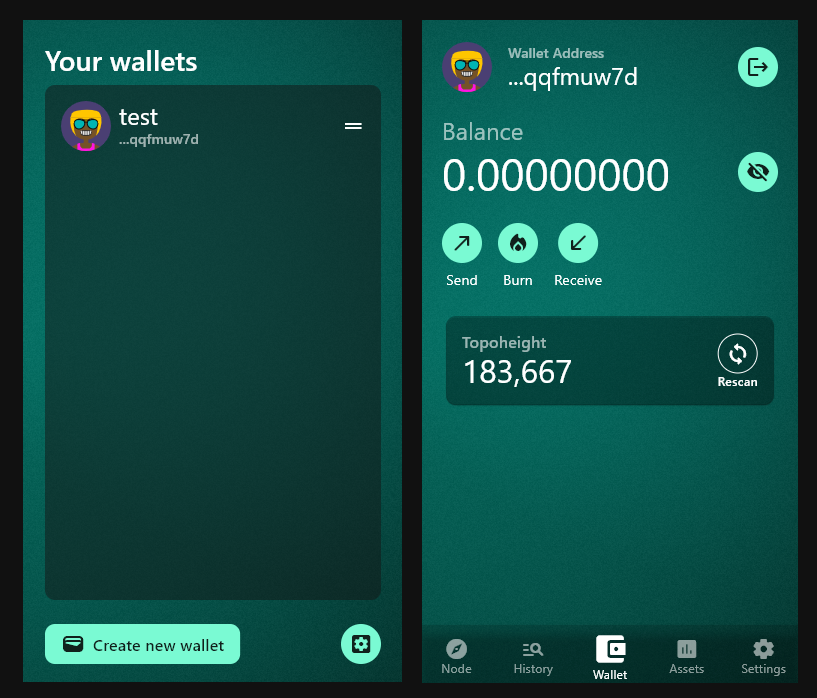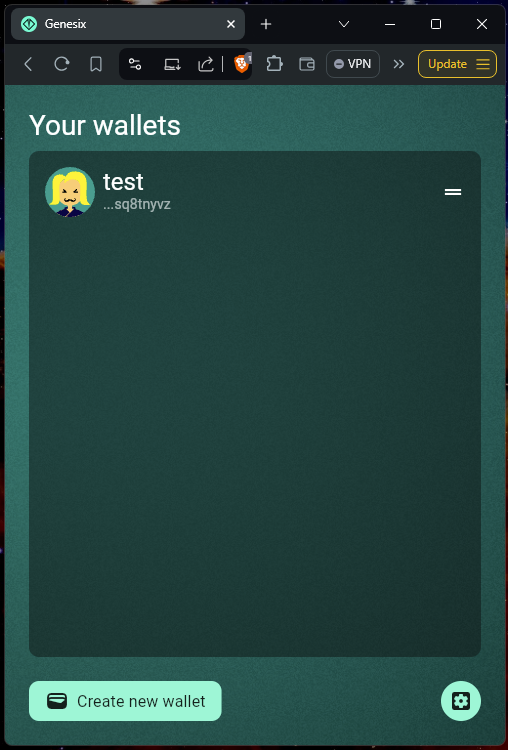Resources
Wallets
Designed for ease-of-use and make Xelis more accessible for everyone.

Genesix Wallet
The main graphical interface wallet. Can be used on all major operating systems and mobile devices.
Not available on app stores yet.

Paper Wallet
Generate offline keys and print for long term storage.

CLI Wallet
The command line interface wallet. If you're an advanced user or prefer a minimalistic interface.

Web Wallet (Genesix)
The wallet from your browser. Quickly access your funds without the need to download an application.